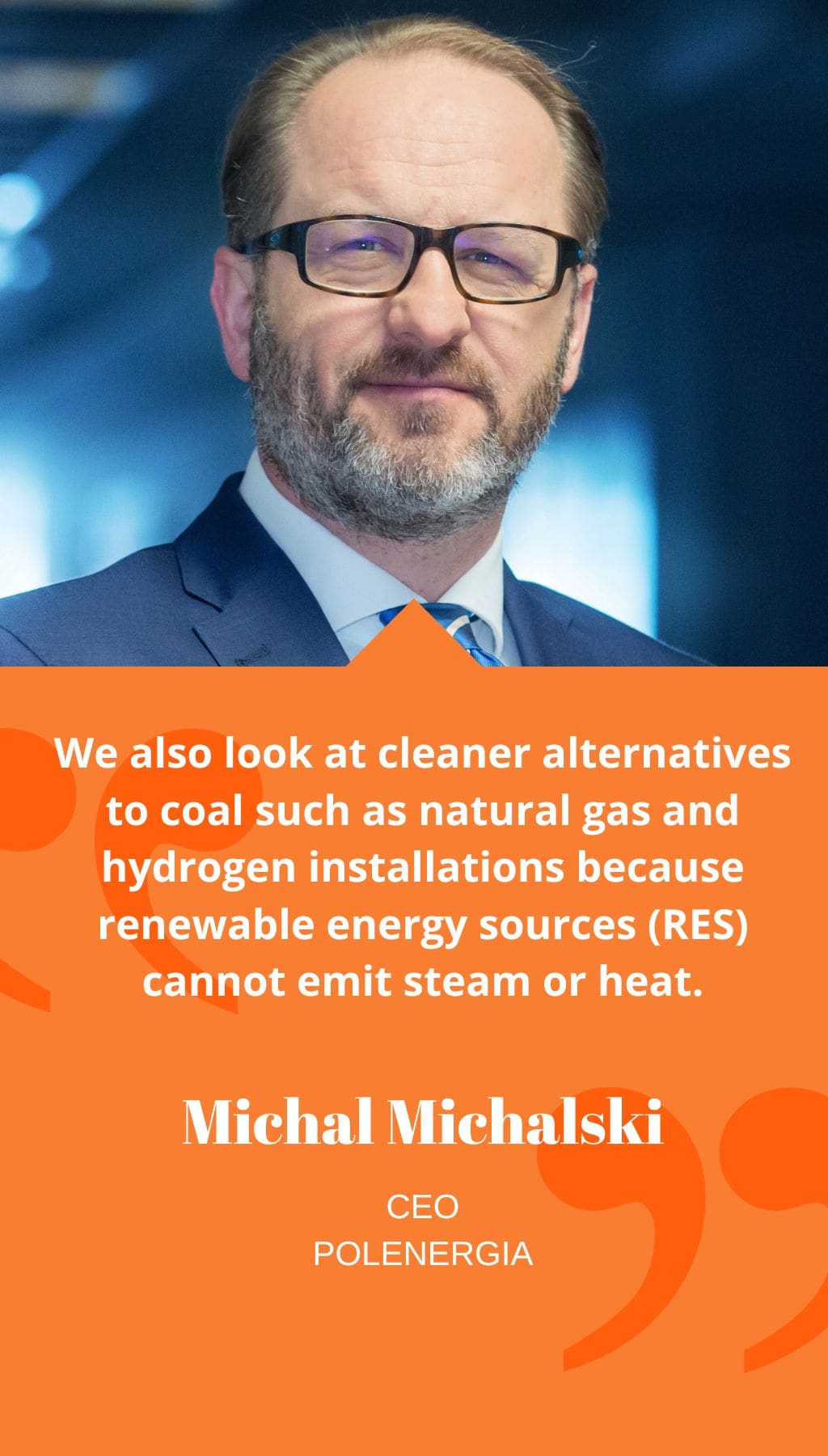
- Poland | 23 February 2019

Can you explain how the different technologies you use contribute to your company’s final output?
Our aim is to achieve a generation mix that aligns with the structural generation we expect to see in the overall market in the future. We primarily focus on three technologies: onshore and offshore wind, and photovoltaics. We also look at cleaner alternatives to coal such as natural gas and hydrogen installations because renewable energy sources (RES) cannot emit steam or heat. Our guiding principle is that CO2 emissions are harmful and must be reduced to the maximum extent possible.
Can you explain what sets Polenergia apart from other players in the market when it comes to offshore wind projects in Poland?
Polenergia believes in its vision and is willing to take risks, setting it apart from other players in the market. Additionally, the company has a lean management structure and quick decision-making processes.
How advanced are the offshore wind projects that Polenergia is developing in Poland?
Polenergia has three offshore sites in total, with Baltyk II and Baltyk III being the most advanced. The joint capacity of these sites is 1.44 GW, and the company has already signed connection agreements with the TSO, obtained environmental permits, and completed wind measurements and initial geotechnical campaigns. The company is currently preparing the initial wind farm design, with plans to have it ready within the first quarter of 2020.
Is the expected production from the offshore wind projects by 2025 a plausible scenario, or are there factors that could cause delays?
Polenergia believes that if the offshore law is passed through parliament in Q1 of 2020, it would meet the requirements needed to achieve production by 2025. However, there are still many factors that could cause delays, with eight out of ten of them being linked to the offshore law.
Can you describe the Polish government’s approach to offshore wind development and their willingness to work with the industry?
In the past year and a half, the government has demonstrated a willingness to collaborate and has been receptive to the industry’s concerns. Communication between the government and the industry has been productive.
Considering that offshore wind is a new industry in Poland, have you faced any challenges in identifying and acquiring the necessary workforce and skills?
Indeed, offshore technology is new to us all. To address this, we partnered with Equinor early on. While we have a strong understanding of the Polish market, Equinor has extensive knowledge of offshore technology and how to effectively implement it. So far, we are very pleased with this partnership.














